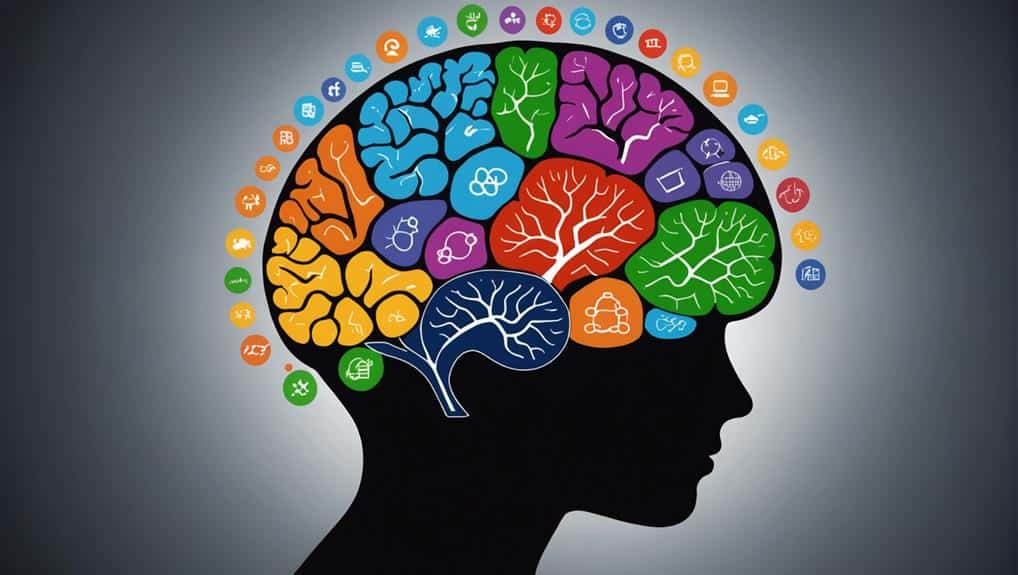
ADHD Sensory Issues in Adults
Attention-Deficit/Hyperactivity Disorder (ADHD) is often associated with focus problems, impulsivity, and restlessness. However, one aspect of ADHD that many adults experience—but is rarely discussed—is sensory issues. These challenges can make everyday life feel overwhelming, from struggling with loud environments to becoming irritated by clothing tags.
For adults with ADHD, sensory sensitivity is more than a minor annoyance. It can affect productivity, emotional well-being, and relationships. Understanding these issues is the first step toward building strategies that make life easier.
In this article, we’ll explore what ADHD sensory issues are, the signs and symptoms, how they affect daily life, and seven powerful strategies to manage them.
What Are Sensory Issues in Adults with ADHD?
Sensory issues occur when the brain struggles to regulate responses to sensory input. This can mean being hypersensitive (overreacting) or hyposensitive (underreacting) to sounds, sights, textures, smells, or movement.
For adults with ADHD, the brain’s executive function—the system that filters information and helps prioritize focus—works differently. As a result, ordinary stimuli can feel overwhelming or distracting. For example:
- A buzzing fluorescent light may seem unbearable.
- The feel of tight clothing might cause irritation.
- A crowded café might create sensory overload.
While not every adult with ADHD experiences these issues, research shows a significant overlap between ADHD and sensory processing difficulties.
Signs and Symptoms of ADHD Sensory Issues in Adults
Recognizing symptoms helps identify patterns and triggers. Common signs include:
- Sound sensitivity: Loud noises, background chatter, or sudden sounds feel painful or distracting.
- Touch sensitivity: Discomfort with clothing fabrics, tags, or tight accessories.
- Light sensitivity: Difficulty in bright environments or discomfort from screen glare.
- Smell sensitivity: Strong reactions to perfumes, cleaning products, or food odors.
- Crowded spaces: Feeling overstimulated in busy areas like malls or public transport.
- Emotional response: Irritability, anxiety, or frustration triggered by sensory overload.
Unlike general sensory dislikes, these issues often interfere with daily functioning, making tasks and interactions harder.
Causes and the Brain Connection
Why do ADHD and sensory issues overlap? The answer lies in brain function.
- Dopamine regulation: ADHD brains have irregular dopamine activity, which affects how stimuli are filtered.
- Executive dysfunction: Difficulty prioritizing which inputs deserve attention leads to overstimulation.
- Overlapping conditions: Some adults with ADHD may also have Sensory Processing Disorder (SPD), though they are not the same.
In short, the ADHD brain often struggles to filter out “background noise,” making small sensory inputs feel overwhelming.
How ADHD Sensory Issues Affect Daily Life
The impact of sensory issues goes beyond discomfort—they shape how adults with ADHD navigate work, relationships, and self-care.
- Work challenges: Open office spaces can feel chaotic, reducing productivity.
- Social difficulties: Friends may not understand why you avoid certain places or react strongly to noise.
- Home environment: Household sounds, bright lights, or clutter can increase stress.
- Mental health: Constant overstimulation can lead to burnout, anxiety, or low self-esteem.
For many adults, these issues create an invisible barrier to living comfortably and confidently.
7 Powerful Strategies to Manage ADHD Sensory Issues in Adults
1. Create a Sensory-Friendly Environment
Arrange your workspace and home to reduce triggers. Use soft lighting, minimal clutter, and calming colors.
2. Use Noise-Canceling Tools
Headphones, earplugs, or white noise machines help filter sound sensitivity and improve focus.
3. Practice Mindfulness and Grounding
Deep breathing, meditation, or sensory grounding (like focusing on textures or smells) helps calm the nervous system.
4. Break Tasks into Smaller Steps
Overstimulation often worsens when tasks feel overwhelming. Breaking projects into steps reduces stress and increases focus.
5. Build Predictable Routines
Consistency reduces the brain’s sensory load. Morning and evening routines can help minimize overwhelm.
6. Exercise and Movement
Physical activity regulates the nervous system, reduces stress, and helps manage sensory overload. Activities like yoga, walking, or swimming are especially effective.
7. Seek Professional Support
ADHD coaches, occupational therapists, or cognitive behavioral therapy (CBT) can provide tailored strategies. In some cases, medication may help balance sensory responses.
When to Seek Professional Help
If sensory issues interfere with daily functioning, cause emotional distress, or disrupt relationships, it may be time to seek support. Professionals can help identify whether sensory challenges are related to ADHD alone or overlap with another condition like SPD.
Conclusion
ADHD sensory issues in adults are real, impactful, and often misunderstood. By learning to identify triggers and applying strategies, adults with ADHD can create a more balanced, comfortable daily life.
“Don’t let ADHD sensory challenges control your day. Explore our ADHD-friendly planners designed to help you stay organized, focused, and calm.”